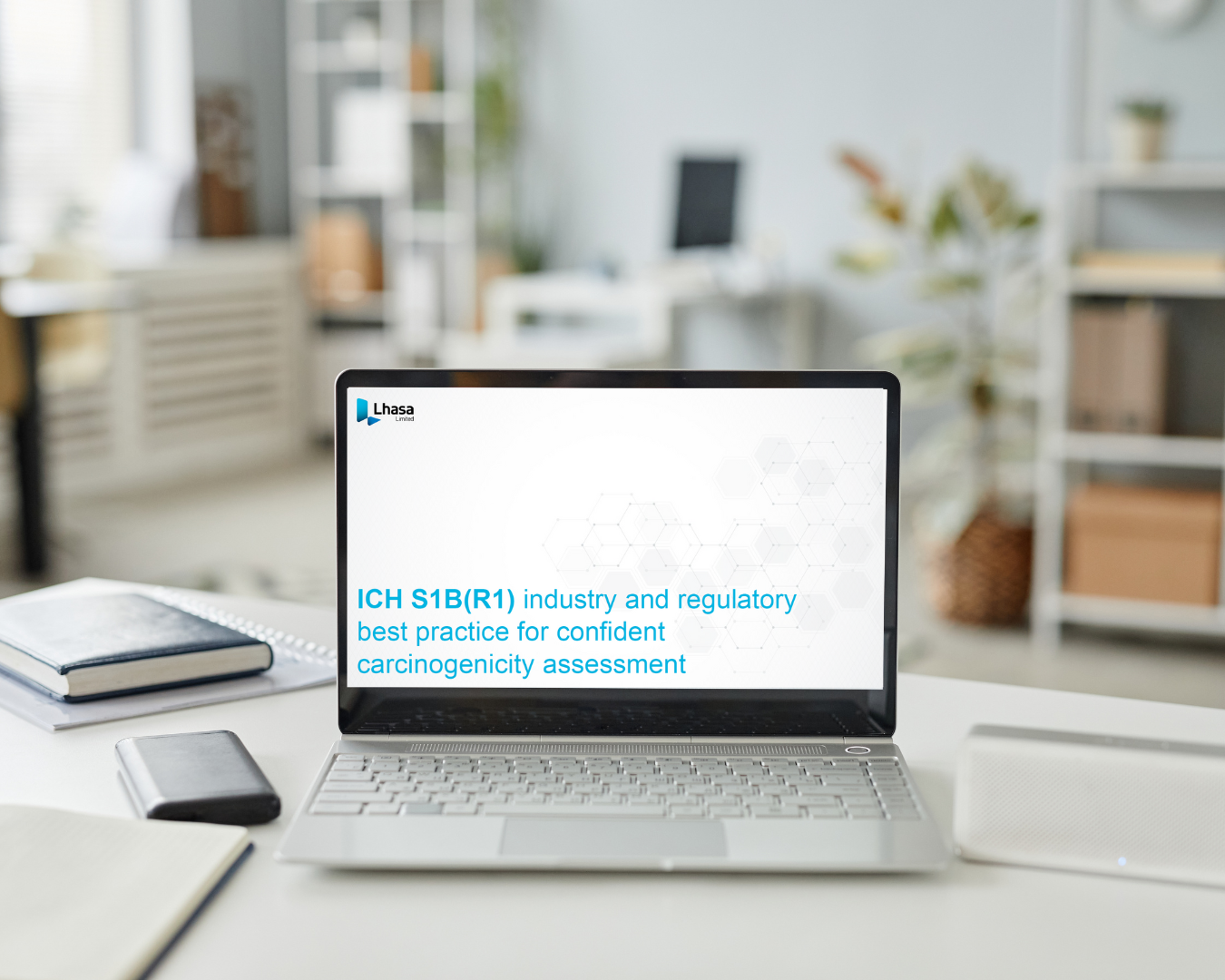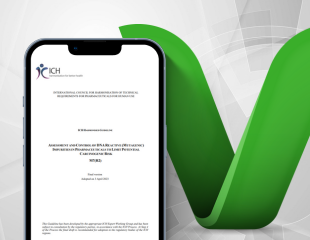Did you know that organosilicon compounds have a multitude of benefits within the health care industry?
They are often used in prosthetics and artificial joints, as coatings on syringes and hypodermic needles, and as materials for implantable medical devices such as pacemakers and insulin pumps. With a unique set of performance properties, such as being easy to sterilize, hypoallergenic and resistant to bacteria, it is no surprise that silicones are an integral part of innovative medical treatments and care.
Understanding the significance of the Ames test for organosilicon compounds
The bacterial reverse mutation assay (Ames test) is the most commonly used in vitro method to assess genotoxicity for organosilicon compounds, and is conducted under various scientific and regulatory contexts. The Ames test is used during the initial screening step for genotoxicity (e.g., early-stage compound selection), but also as a primary step of the chemical safety assessment data required by regulatory agencies worldwide, including the EU REACh regulation framework.
Embracing the “3R” principle: Leveraging in silico models in regulatory compliance
In compliance with the “3R” principle, EU REACh regulation pushes for the use of non-animal testing methods, which includes the quantitative structure-activity relationship (QSAR) methods (in silico models). In silico models offer a cost-effective and time-saving alternative to experimental testing and can also be used in weight-of-evidence approaches combining in silico, in vitro and in vivo results within integrated testing strategies (ITS).
Filling the gaps: Enhancing the representation of organosilicon compounds in (Q)SAR models
The modelling of structure-activity relationships and the development of in silico tools are based on the availability of consistent experimental data. Although the available Ames genotoxicity in silico datasets were based on a large collection of experimentally characterized chemicals, the entire chemical space was not covered. Organosilicon compounds are not well represented in the available (Q)SAR models.
To help increase the regulatory acceptance of in silico predictions for organosilicon compounds, we recently collaborated with Silicones Europe, a sector group of Cefic, the European Chemical Industry Council. Silicones Europe is a non-profit trade organisation representing all major producers of silicones in Europe. Thanks to their recent donation of Ames mutagenicity data for a variety of silicone compounds, we have now increased the coverage of silicones in Sarah Nexus, increasing the predictive performance against this chemical class with more relevant supporting examples. Sarah Nexus is our in silico tool which identifies potentially toxic chemicals through the prediction of bacterial mutagenicity. The Sarah Nexus model leverages not only data available from literature, but also incorporates Ames mutagenicity data donated by Lhasa members. Furthermore, we have been able to review this Ames data against the Derek Nexus expert knowledge-based mutagenicity alerts, and expand the mutagenicity negative prediction dataset, confirming the absence of any structural alert specific to organosilicon functionalities.
Strengthening predictive performance: Collaboration with Silicones Europe
We asked Karolina Warowny-Decoene, Sector Group Manager of Silicones Europe about their decision to partner with Lhasa for this collaboration, here’s what Karolina had to say:
“For successful and robust in silico prediction, a range of different (Q)SAR models is needed. Lhasa offers two models covering different approaches, Derek Nexus, an expert knowledge-based approach and Sarah Nexus, a statistical-based software, both tools have different underlying algorithms and training sets. The Lhasa models provide additional documentation of both the models themselves (QMRF documentation) and the prediction justification (not only a yes/no answer). This improved documentation allows expert judgement and increases regulatory acceptance. The Lhasa models are well-known, well-established, and widely used among industry and regulatory bodies.”
We’re thrilled to have collaborated with Silicones Europe and increase the coverage and predictive performance of organosilicon chemistry within Derek Nexus and Sarah Nexus. If you would like to find out more about these software solutions, visit our in silico mutagenicity page.
Would you like your data to be incorporated into our next release? Fill in the data donation form on our contact us page!
Last Updated on September 23, 2024 by lhasalimited



